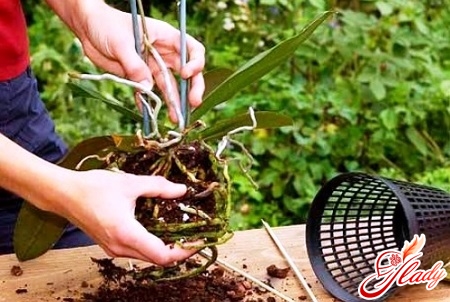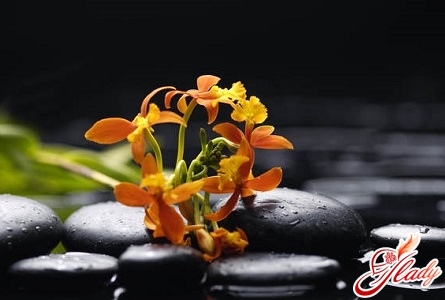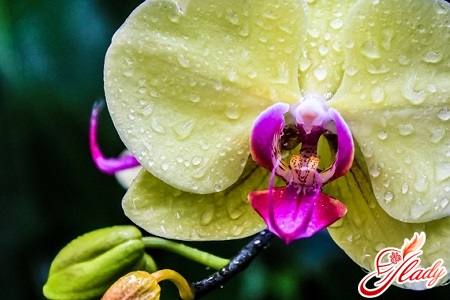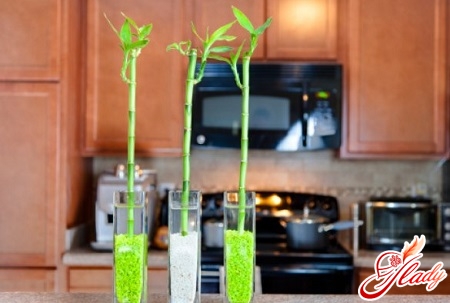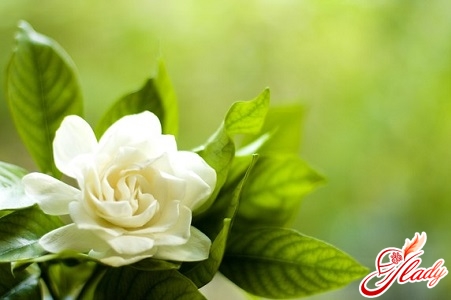 If you have decided to expand your home garden andto get a gardenia, we can only approve of your choice. Gardenia jasmine is one of the most beautiful plants, but caring for it is somewhat complicated. In this article, we will tell you what is necessary for the growth of gardenia, as well as about the methods of propagation of this capricious beauty.
If you have decided to expand your home garden andto get a gardenia, we can only approve of your choice. Gardenia jasmine is one of the most beautiful plants, but caring for it is somewhat complicated. In this article, we will tell you what is necessary for the growth of gardenia, as well as about the methods of propagation of this capricious beauty.
How to care for gardenia?
Under the right conditions, gardenia is verygrows quickly, which means it requires a lot of nutrients. Therefore, when choosing soil for planting, give preference to acidic or slightly acidic mixtures with a large amount of organic matter. Peat (regular, high-moor and non-neutralized) has proven itself as an excellent component of soil for gardenia. If the planting mixture turns out to be loose, you can even not use drainage, since water will not stagnate in such a substrate. Gardenia jasmine loves moisture and requires regular watering. It is important to remember that caring for the flower will be much easier if you do not go to extremes. Do not allow the earthen lump to dry out excessively, and then overwater it. The same applies to the conditions of maintenance: 22-24 degrees is the optimal air temperature for this plant. Gardenia does not tolerate sudden temperature changes. It is important to prevent hypothermia of the root system. In winter, if the plant is on a windowsill, you can even put a piece of foam under the pot to protect the flower from cold air. In summer, gardenia can easily be outdoors. But this is only if the night temperature does not fall below 16 degrees. The laying of future flower buds occurs during the period when the air temperature is between 16-18 degrees. When it rises, the plant begins to grow leaves, active growth of shoots is noted. As already mentioned above, caring for gardenia in the autumn-winter period depends on the conditions of maintenance, namely, the lighting of the room and the ambient temperature. If the room is light enough (possibly, artificial lighting is used) and warm, then caring for the flower is no different from the summer period: abundant watering and regular fertilizing of the plant. If there is not enough light and heat, it is recommended to reduce fertilization to once a month, and also reduce the number of waterings.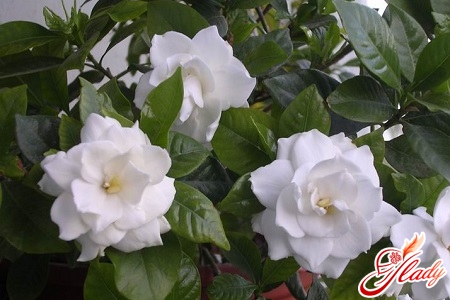
Reproduction of gardenia jasmine
From December to March and from August to SeptemberGardenia cuttings are prepared, with the help of which the propagation of this plant occurs. The cuttings are chosen half-woody, their height should not exceed 8-10 centimeters. The shoots are carefully cut from the mother plant and rooted in small nine-centimeter pots (4 pieces in each). Or in six-centimeter ones - one piece. To maintain a high level of humidity, the pots with cuttings are covered with a film until complete rooting. For successful propagation, a mixture of perlite and peat in equal proportions is used as soil. The rooting process will go faster if the cuttings are pre-treated with a special stimulator. If the air temperature is about 24 degrees, then you need to wait 3-4 weeks for the shoots to root. Accordingly, the lower the temperature, the longer the rooting period. As soon as the root system of the shoots is formed, they are transplanted by transshipment into pots of a larger diameter and begin to form the crown of the bush. To do this, pinch the tops of the shoots. This can be done when the young plants reach 10-15 centimeters in height. As the lateral shoots grow, the procedure is repeated. Young gardenias grow quite actively, so in a couple of months they will need another transshipment into a larger pot. But an adult and formed plant must be transplanted once every two years. Caring for young gardenias is not very different from caring for adult plants: they are protected from direct sunlight, regularly and abundantly watered, sprayed and fed with mineral fertilizers. If you care for the seedlings correctly, then in six months they will delight you with blossoming buds. Growing this beautiful flower is easy. The main thing is to follow two important rules: do not allow sudden changes in temperature and observe the measure when watering. Yes, gardenia loves humidity, but the main thing here is not to overdo it. Overwatering can cause chlorosis - a disease that reduces the activity of photosynthesis. As a result - slow growth, drying of shoots, falling leaves. Try not to bring the plant to this state, since it is quite difficult to cure it, and sometimes even impossible. That's all. Now you know the basic rules of caring for gardenia. And you can afford to grow this plant and admire its amazing flowers.




